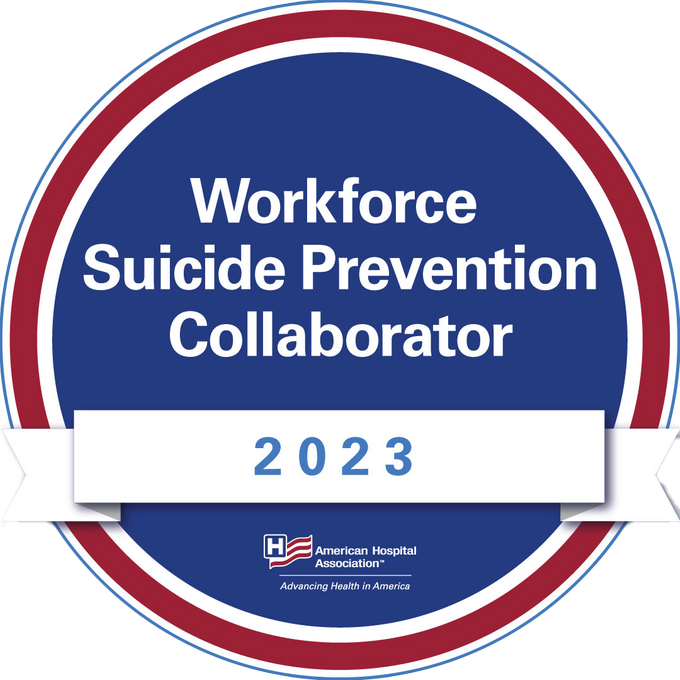Washington, D.C. – According to a new Trust for America’s Health (TFAH) and Well Being Trust (WBT) analysis, there were disproportionally large increases in drug deaths among racial/ethnic minority groups, particularly among Black Americans, who experienced an increase of 39 percent in drug deaths between 2015 and 2016. And, Latinos saw drug death rates increase 24 percent, while the rate for Whites increased 19 percent from 2015-2016.
In addition, alcohol, drug and suicide deaths increased at a record pace in 2016 – by 11 percent – and represent more than 14,000 additional deaths over 2015. Now, for two years in a row, increases in these deaths have been at record highs.
Additional main findings:
- 142,000 Americans, the highest number ever recorded, died from alcohol-induced fatalities, drug overdoses and suicide – an average of one every four minutes.
- Deaths from synthetic opioids – including fentanyl and carfentanil – doubled from 2015 to 2016 from 9,600 to 19,400 and was the driving force for the increase in drug deaths (alcohol, other types of drug and suicide deaths also increased but by a much lower amount).
- The Northeast and Midwest had the largest increase in alcohol, drug and suicide deaths between 2015 and 2016. Six states and Washington, DC saw alcohol, drug and suicide death rates increase by more than 20 percent: Delaware (25 percent); Illinois (21 percent); Maryland (40 percent), New Jersey (22 percent), Ohio (21 percent), Pennsylvania (25 percent) and Washington, D.C. (58 percent).
TFAH and WBT issued projections in the November 2017 Pain in the Nation: The Drug, Alcohol and Suicide Epidemics and the Need for a National Resilience Strategy report, which found that if alcohol, drug and suicide deaths continued on the trajectory of the past decade, they could reach 1.6 million over the next decade. However, the substantial rise in deaths in 2016 puts the country past the “worst case scenario” projection trajectory. If deaths continue to grow at rates similar to those from 2015 to 2016, deaths could top more than 2 million from 2016-2025.
“These data should be a signal to every person – from our friends, family and neighbors to policy makers—that we have a crisis in our country with drugs, alcohol and suicide. These crises scream for action—this is a nightmare scenario—and our communities are suffering,” said Benjamin F. Miller, PsyD, Chief Strategy Officer, Well Being Trust. “We must recognize that it is beyond time to act. These data shouldn’t just be a talking point, these are lives—we need immediate, cross cutting systemic action.”
Trend Analysis
The new Pain in the Nation Update Brief features extensive trend analysis of synthetic opioids, alcohol, total drug, and suicide deaths.
- Deaths from synthetic opioids surpassed, for the first time, the numbers of deaths related to heroin and common prescription opioids like morphine and codeine;
- Latinos (24 percent increase), 15-34 year-olds (29 percent) and those living in the Northeast (32 percent) and Metro areas (22 percent) had relatively large increases in drug death rates between 2015 and 2016;
- Opioid deaths that did not involve synthetic opioids dropped 3 percent – from 23,500 in 2015 to 222,800in 2016;
- Over the past decade (2007-2016), the alcohol death rate increased 40 percent; and
- Suicide rates among Blacks and Latinos in 2016 escalated more than other demographic groups (10 and 9 percent increases, respectively). Suicide rates among those 45 years and older actually declined by 1 percent (while suicide among those under 45, increased by 4 percent).
“For each of these deaths, many more Americans are affected, either directly or through family and friends,” said John Auerbach, president and CEO of TFAH. “These new data demand policymakers rethink what communities are affected and what multi-sector strategies are needed to address these three epidemics. We must ensure that funding, programmatic efforts and policies are directed to all the people and communities in need. The solution is a comprehensive National Resilience Strategy to combat the deaths from despair.”
State Analysis
- Forty-four states and Washington, D.C. saw increasing rates of alcohol, drug and suicide deaths from 2015 to 2016. States with the highest alcohol, drug and suicide death rates in 2016 were: West Virginia (80.3 per 100,000), New Mexico (76.8 per 100,000), and Alaska (67.1 per 100,000)
- Forty-one states had increasing alcohol death rates between 2015 and 2016—states with the highest alcohol death rates in 2016 were: New Mexico (32.1 per 100,000), Alaska (24.7 per 100,000), and Wyoming (23.7 per 100,000).
- Forty-six states plus Washington, D.C. had growing rates of drug deaths between 2015 and 2016—states with the highest drug death rates in 2016 were: West Virginia (49.8 per 100,000), District of Columbia (40.5 per 100,000), and Ohio (38.5 per 100,000).
- Twenty-six states plus Washington, D.C. had increasing suicide rates from 2015 to 2016 and 23 states had declining rates—states with the highest suicide death rates in 2016 were: Alaska (26.0 per 100,000), Montana (25.6 per 100,000), and Wyoming (24.6 per 100,000.).
National Resilience Strategy
TFAH’s and WBT’s 2017 Pain in the Nation report called for the creation of a National Resilience Strategy that takes a comprehensive approach by focusing on prevention, early identification of issues and effective treatment. These new data reinforce the need for additional focus and funding at the national, state and local levels to address the underlying causes of long-term increases in alcohol, drug and suicide deaths. TFAH and WBT recommend:
- Improving Pain Management and Treatment;
- Rebooting Substance Misuse Prevention and Mental Health in Schools;
- Addressing the Impact of the Opioid Epidemic on Children – and the Need for a Multi-Generational Response
- Expanding and Modernizing Mental Health and Substance Use Disorder Treatment Services – Toward a Goal of Focusing on the “Whole Health” of Individuals; and
- Prioritizing Prevention, Reducing Risk Factors and Promoting Resilience in Children, Families and Communities.
Trust for America’s Health is a non-profit, non-partisan organization dedicated to saving lives by protecting the health of every community and working to make disease prevention a national priority. For more information, visit www.healthyamericans.org. Twitter: @HealthyAmerica1
Well Being Trust is a national foundation dedicated to advancing the mental, social, and spiritual health of the nation. Created to include participation from organizations across sectors and perspectives, Well Being Trust is committed to innovating and addressing the most critical mental health challenges facing America, and to transforming individual and community wellness. www.wellbeingtrust.org. Twitter: @WellBeingTrust
Media Contact
Amy Shields
214-208-7942
amy@wellbeingtrust.org






